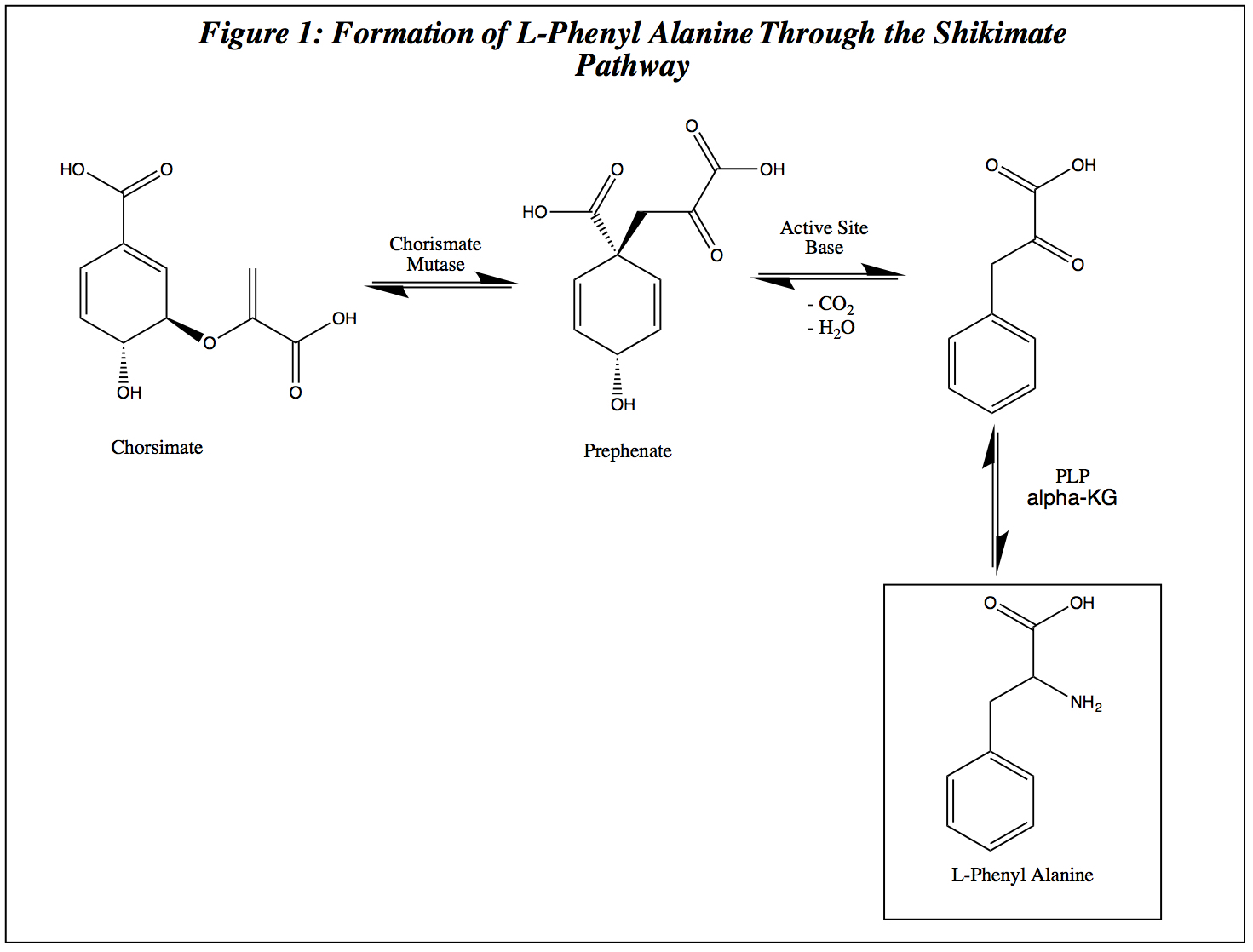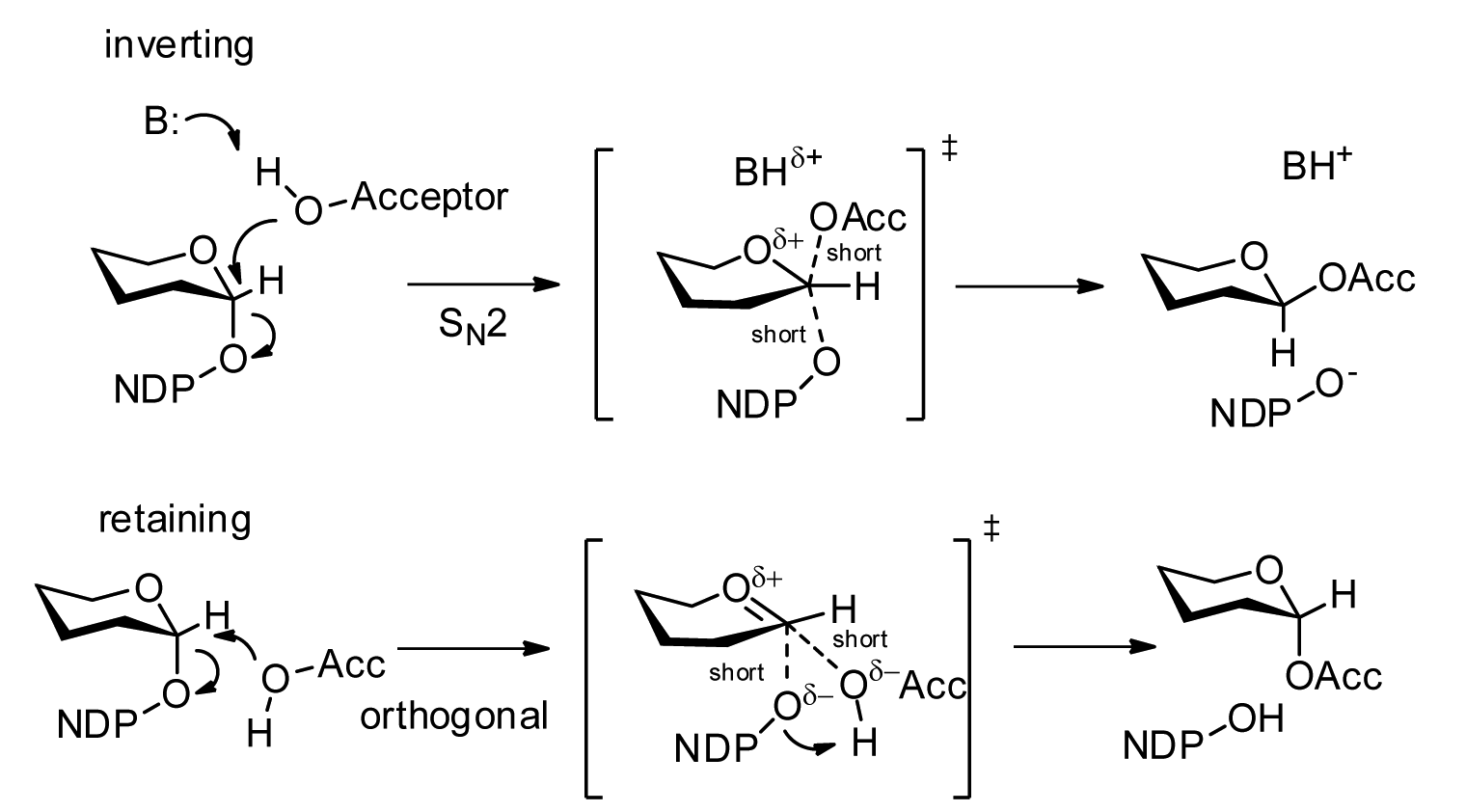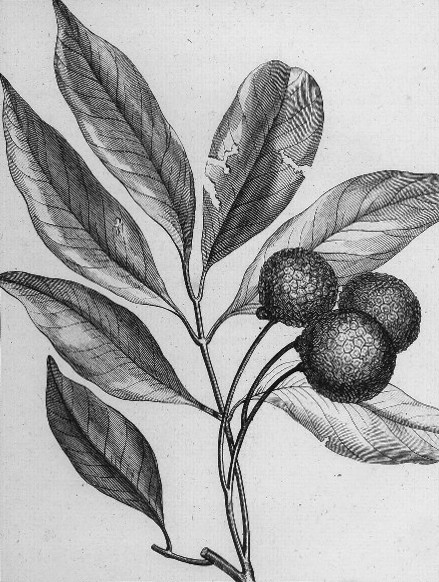|
Chrysanthemin
Chrysanthemin is an anthocyanin. It is the 3-glucoside of cyanidin (kuromanin). Natural occurrences Chrysanthemin can be found in the roselle plant (''Hibiscus sabdariffa'', Malvaceae), different Japanese angiosperms, '' Rhaponticum'' (Asteraceae), The fruits of the smooth arrowwood ('' Viburnum dentatum'', Caprifoliaceae) appear blue. One of the major pigments is cyanidin 3-glucoside, but the total mixture is very complex. In food Chrysanthemin has been detected in blackcurrant pomace, in European elderberry, in red raspberries, in soybean seed coats, in Victoria plum, in peach, lychee and açaí. It is found in red oranges and black rice. It is the major anthocyanin in purple corn (''Zea mays''). Purple corn is approved in Japan and listed in the " Existing Food Additive List" as ''purple corn color''. Biosynthesis The biosynthesis of cyanidin 3-O-glucoside in ''Escherichia coli'' was demonstrated by means of genetic engineering. In ''Arabidopsis thaliana ''A ... [...More Info...] [...Related Items...] OR: [Wikipedia] [Google] [Baidu] |
Red Orange
The blood orange is a variety of orange with crimson, near blood-colored flesh. It is one of the sweet orange varieties ( ''Citrus'' × ''sinensis''). It is also known as the raspberry orange. The dark flesh color is due to the presence of anthocyanins, a family of polyphenol pigments common to many flowers and fruit, but uncommon in citrus fruits. Chrysanthemin (cyanidin 3-''O''-glucoside) is the main compound found in red oranges. The flesh develops its characteristic red color when the fruit develops with low temperatures during the night. Sometimes, dark coloring is seen on the exterior of the rind as well. This depends on the variety of blood orange. The skin can be tougher and harder to peel than that of other oranges. Blood oranges have a unique flavor compared to other oranges, being distinctly raspberry-like in addition to the usual citrus notes. The anthocyanin pigments of blood oranges begin accumulating in the vesicles at the edges of the segments, and at the blossom ... [...More Info...] [...Related Items...] OR: [Wikipedia] [Google] [Baidu] |
Cyanidin
Cyanidin is a natural organic compound. It is a particular type of anthocyanidin (glycoside version called anthocyanin#Structure, anthocyanins). It is a pigment found in many red berries including grapes, bilberry, blackberry, blueberry, cherry, chokeberry, cranberry, elderberry, Crataegus, hawthorn, loganberry, açai berry and raspberry. It can also be found in other fruits such as apples and plums, and in red cabbage and red onion. It has a characteristic reddish-purple color, though this can change with pH; solutions of the compound are red at pH 11. In certain fruits, the highest concentrations of cyanidin are found in the seeds and skin. Cyanidin has been found to be a potent sirtuin 6 (SIRT6) activator. List of cyanidin derivatives * Antirrhinin (cyanidin-3-rutinoside or 3-C-R), found in black raspberry * Cyanidin-3-xylosylrutinoside, found in black raspberry * Cyanidin-3,4′-di-''O''-β-glucopyranoside, found in red onion * Cyanidin-4′-''O''-β-glucoside, found in ... [...More Info...] [...Related Items...] OR: [Wikipedia] [Google] [Baidu] |
Victoria Plum
The Victoria plum is a type of English plum. It has a yellow flesh with a red or mottled skin. This plum is a cultivar of the egg plum group (''Prunus domestica'' ssp. ''intermedia''). The fruit is oval or ovate in shape. The ground colour is greenish yellow, mostly covered with purple. The stone is semi-clinging and does not come off completely from the flesh but the skin is easy to pull off. The flesh is quite rough, light yellow and in good development and full maturity is sweet and tasty. Maturation time is mid-to-late September (in some places). It is a good table and household fruit. The tree is quite hardy and grows strongly but is not very large. The bloom is medium-early and self-fertile. The plant itself is rarely attacked by diseases, but the fruit is vulnerable to mold. Fruits must be thinned heavily for the fruits to reach full development. The trees rarely get old due to their high fruit production. The name "Victoria" comes from Queen Victoria (1819–1901). A ... [...More Info...] [...Related Items...] OR: [Wikipedia] [Google] [Baidu] |
UV Visible Spectrum Cyanidin3G
Ultraviolet radiation, also known as simply UV, is electromagnetic radiation of wavelengths of 10–400 nanometers, shorter than that of visible light, but longer than X-rays. UV radiation is present in sunlight and constitutes about 10% of the total electromagnetic radiation output from the Sun. It is also produced by electric arcs, Cherenkov radiation, and specialized lights, such as mercury-vapor lamps, tanning lamps, and black lights. The photons of ultraviolet have greater energy than those of visible light, from about 3.1 to 12 electron volts, around the minimum energy required to ionize atoms. Although long-wavelength ultraviolet is not considered an ionizing radiation because its photons lack sufficient energy, it can induce chemical reactions and cause many substances to glow or fluoresce. Many practical applications, including chemical and biological effects, are derived from the way that UV radiation can interact with organic molecules. These inter ... [...More Info...] [...Related Items...] OR: [Wikipedia] [Google] [Baidu] |
Seed
In botany, a seed is a plant structure containing an embryo and stored nutrients in a protective coat called a ''testa''. More generally, the term "seed" means anything that can be Sowing, sown, which may include seed and husk or tuber. Seeds are the product of the ripened ovule, after the embryo sac is fertilization, fertilized by Pollen, sperm from pollen, forming a zygote. The embryo within a seed develops from the zygote and grows within the mother plant to a certain size before growth is halted. The formation of the seed is the defining part of the process of reproduction in seed plants (spermatophytes). Other plants such as ferns, mosses and marchantiophyta, liverworts, do not have seeds and use water-dependent means to propagate themselves. Seed plants now dominate biological Ecological niche, niches on land, from forests to grasslands both in hot and cold climates. In the flowering plants, the ovary ripens into a fruit which contains the seed and serves to disseminate ... [...More Info...] [...Related Items...] OR: [Wikipedia] [Google] [Baidu] |
Glycosyltransferase
Glycosyltransferases (GTFs, Gtfs) are enzymes ( EC 2.4) that establish natural glycosidic linkages. They catalyze the transfer of saccharide moieties from an activated nucleotide sugar (also known as the "glycosyl donor") to a nucleophilic glycosyl acceptor molecule, the nucleophile of which can be oxygen- carbon-, nitrogen-, or sulfur-based. The result of glycosyl transfer can be a carbohydrate, glycoside, oligosaccharide, or a polysaccharide. Some glycosyltransferases catalyse transfer to inorganic phosphate or water. Glycosyl transfer can also occur to protein residues, usually to tyrosine, serine, or threonine to give O-linked glycoproteins, or to asparagine to give N-linked glycoproteins. Mannosyl groups may be transferred to tryptophan to generate C-mannosyl tryptophan, which is relatively abundant in eukaryotes. Transferases may also use lipids as an acceptor, forming glycolipids, and even use lipid-linked sugar phosphate donors, such as dolichol phosphates in eukar ... [...More Info...] [...Related Items...] OR: [Wikipedia] [Google] [Baidu] |
Arabidopsis Thaliana
''Arabidopsis thaliana'', the thale cress, mouse-ear cress or arabidopsis, is a small plant from the mustard family (Brassicaceae), native to Eurasia and Africa. Commonly found along the shoulders of roads and in disturbed land, it is generally considered a weed. A winter annual with a relatively short lifecycle, ''A. thaliana'' is a popular model organism in plant biology and genetics. For a complex multicellular eukaryote, ''A. thaliana'' has a relatively small genome of around 135 Base pair#Length measurements, megabase pairs. It was the first plant to have its genome sequenced, and is an important tool for understanding the molecular biology of many plant traits, including flower development and phototropism, light sensing. Description ''Arabidopsis thaliana'' is an annual plant, annual (rarely biennial plant, biennial) plant, usually growing to 20–25 cm tall. The leaf, leaves form a rosette at the base of the plant, with a few leaves also on the flowering Plant ste ... [...More Info...] [...Related Items...] OR: [Wikipedia] [Google] [Baidu] |
Escherichia Coli
''Escherichia coli'' ( )Wells, J. C. (2000) Longman Pronunciation Dictionary. Harlow ngland Pearson Education Ltd. is a gram-negative, facultative anaerobic, rod-shaped, coliform bacterium of the genus '' Escherichia'' that is commonly found in the lower intestine of warm-blooded organisms. Most ''E. coli'' strains are part of the normal microbiota of the gut, where they constitute about 0.1%, along with other facultative anaerobes. These bacteria are mostly harmless or even beneficial to humans. For example, some strains of ''E. coli'' benefit their hosts by producing vitamin K2 or by preventing the colonization of the intestine by harmful pathogenic bacteria. These mutually beneficial relationships between ''E. coli'' and humans are a type of mutualistic biological relationship—where both the humans and the ''E. coli'' are benefitting each other. ''E. coli'' is expelled into the environment within fecal matter. The bacterium grows massi ... [...More Info...] [...Related Items...] OR: [Wikipedia] [Google] [Baidu] |
Existing Food Additive List
The International Numbering System for Food Additives (INS) is an international naming system for food additives, aimed at providing a short designation of what may be a lengthy actual name."Class Names and the International Numbering System for Food Additives"CAC/GL 36-1989 in 1989, Revision 2008. Last amendment 2011. Published by Codex Alimentarius It is defined by Codex Alimentarius, the international food standards organisation of the World Health Organization (WHO) and Food and Agriculture Organization (FAO) of the United Nations (UN). The information is published in the document ''Class Names and the International Numbering System for Food Additives'', first published in 1989, with revisions in 2008 and 2011. The INS is an open list, "subject to the inclusion of additional additives or removal of existing ones on an ongoing basis". Numbering system INS numbers consist of three or four digits, optionally followed by an alphabetical suffix to further characterize individual ad ... [...More Info...] [...Related Items...] OR: [Wikipedia] [Google] [Baidu] |
Purple Corn
Purple corn () or purple maize is group of flint maize varieties (Flint_corn, Zea mays indurata) originating in South America, descended from a common ancestral variety termed "kʼculli" in Quechuan languages, Quechua. It is most commonly grown in the Andes of Peru, Bolivia and Ecuador. Uses Common in Peru, purple corn is used in chicha morada, a drink made by boiling ground purple corn kernels with pineapple, cinnamon, clove, and sugar, and in mazamorra, a type of pudding". In Bolivia, purple corn "Kuli" is used in Api, a smoothie served hot. Color chemistry: anthocyanins The pigment giving purple corn its vivid color derives from an exceptional content of a class of polyphenols called anthocyanins. Cyanidin 3-O-glucoside, also called chrysanthemin, is the major anthocyanin in purple corn kernels, comprising about 73% of all anthocyanins present. Other anthocyanins identified are pelargonidin 3-O-β-D-glucoside, peonidin 3-O-β-D-glucoside, cyanidin 3-O-β-D-(6-malonyl-glucoside ... [...More Info...] [...Related Items...] OR: [Wikipedia] [Google] [Baidu] |
Lychee
Lychee ( , ; ''Litchi chinensis''; ) is a monotypic taxon and the sole member in the genus ''Litchi'' in the soapberry family, Sapindaceae. There are three distinct subspecies of lychee. The most common is the Indochinese lychee found in South China, Malaysia, and northern Vietnam. The other two are the Philippine lychee (locally called ''alupag'' or ''matamata'') found only in the Philippines and the Javanese lychee cultivated in Indonesia and Malaysia. The tree has been introduced throughout Southeast Asia and South Asia. Cultivation in China is documented from the 11th century. China is the main producer of lychees, followed by India, Vietnam, other countries in Southeast Asia, other countries in South Asia, Madagascar, and South Africa. A tall evergreen tree, it bears small fleshy sweet fruits. The outside of the fruit is a pink-red, rough-textured soft shell. Lychee seeds contain methylene cyclopropyl glycine which has caused hypoglycemia associated with outbreaks of e ... [...More Info...] [...Related Items...] OR: [Wikipedia] [Google] [Baidu] |







